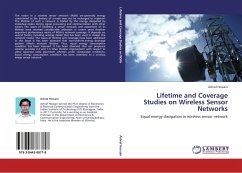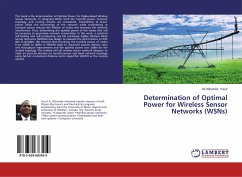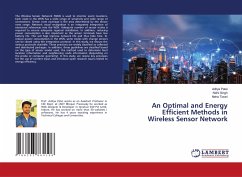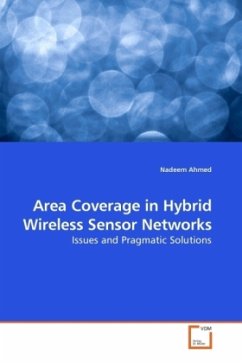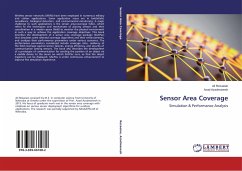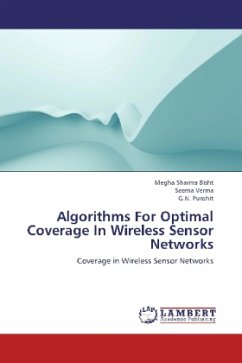
Algorithms For Optimal Coverage In Wireless Sensor Networks
Coverage in Wireless Sensor Networks
Versandkostenfrei!
Versandfertig in 6-10 Tagen
52,99 €
inkl. MwSt.

PAYBACK Punkte
26 °P sammeln!
A Wireless Sensor Network (WSN) consists of spatially distributed autonomous devices (sensor nodes) to cooperatively monitor physical or environmental conditions such as temperature, sound, vibration, pressure, motion or pollutants, at different locations.This book focuses on some important issues of WSNs like coverage, connectivity, and energy-effieciency, but, primarily, different strategies for the deployment of sensor nodes have been considered so as to maintain optimal levels of coverage.




